
How to look as good as Pamela Anderson when makeup free in midlife
Well, it certainly caused a stir. Newspaper broadsheets, tabloids, magazines and of course Instagram and TikTok were full of it. Red Alert: Pamela Anderson, 56-year-old Hollywood actress attended the Isabel Marant and The Row fashion shows in Paris this month and several dinners totally fresh faced not even wearing so much of a hint of a tinted moisturiser! What a palaver it caused. Why all the fuss?
Maybe the no make-up look had extra clout because back in the day, the Baywatch actress was famed for fake everything from hair extensions to eyelashes. Was it an act of rebellion or was it just that Pamela Anderson (who for the record I admire) wanted to make a statement saying, “I’m a woman in my mid 50’s and I’m simply enough.”
Rebellion or feminist statement, I thought she looked great in this act of self-acceptance. As a midlifer myself, I thought it was a powerful message that we can rip up the beauty rulebook if we want. But one common thread about Pamela Anderson and other 50 something actresses (including Gwyneth Paltrow, 51, Halle Berry, 57, and Tracee Ellis Ross, 50 , who often post barefaced pictures of themselves without makeup) is undeniably great looking glowing skin. In Anderson’s case, I think it’s fair to say that having lived for the most part of her life in a sunny climate, she has clearly looked after her skin well with great payoff.

So what can we do to look as good without makeup?
SPF we all know is non-negotiable. As consultant dermatologist Dr Ophelia Veraitch says, “Protecting the skin from damaging UVA and UVB rays is a year long commitment. In the winter, we get more sun exposure than we expect as UV rays penetrate through grey clouds and through glass windows – whether you’re in an office or at the wheel of a car. So, using SPF is crucial all year round to help prevent sun induced photo ageing or long-term damage that may lead to skin cancer.”
SPF consistencies have improved hugely and there are now many options to find one that you like the feel of best whether you prefer oil-free, water-based gels, creams or the new handy handbag sprays which are useful for lunchtime top ups (as most of us forget to reapply once we’ve applied first thing in the morning. Most of these new SPF’s also sit well under makeup and can be used as a day cream; so for lots of us there is no need to use a separate moisturiser.
A good skincare routine is also key. Complicated multi-step regimes, contrary to many Instagram accounts and magazine articles are really not necessary. Most dermatologists will agree that a simple cleanser, some form of antioxidant treatment and a tretinoin product at night are the basic ingredients to maintain great looking skin.
What sort of antioxidant treatment should we use? Antioxidants such as Vitamin C is a good place to start. It helps with brightening and anti-ageing the skin and most come in easy to absorb serum type formulas which should be applied in the morning straight after cleansing. If you can, once applied try and let the serum sink in for a few seconds before applying your SPF.
For evening, for nearly everyone (NB Not for pregnant women), Dr Ophelia recommends a serum or product containing some form of tretinoin (also known as retinoic acid, a Vitamin A derivative. This powerhouse ingredient is one of the few scientifically proven ingredients which can help improve most skin concerns from acne to fine lines. Interestingly, Dr Ophelia recommends this product from puberty upwards. It’s important to note here that if you are using tretinoin at night, then using a SPF during the day is even more important as the tretinoin can make the skin more sun sensitive.
Nowadays of course it’s not only good skincare that we have access to for improving the quality of our skin. The word ‘tweakment’ has even entered everyday language and there are many of these cosmetic non-surgical procedures to choose from.
But where to start as it can often be confusing? If forehead lines or crows’ feet are your concern, anti-wrinkle injections are a good place to start. These relatively pain free injections can help soften or erase forehead wrinkles (and can also be effective for getting rid the so called ‘11’ lines between the eyebrows) which people often say can be irritating as they can make them look anxious or angry when they aren’t! The interesting thing about having regular anti-wrinkle injections is that they can also be preventative for future lines developing in the first place.
The trend nowadays is for a light sprinkling of anti-wrinkle injections for a much more natural look as opposed to thirty or so years ago when it was first introduced. You should still be able to move your eyebrows and forehead, which a good anti-wrinkle injection practitioner will ensure.
Other injectables which are worth knowing about today are skin boosters such as Profhilo and the newer collagen stimulators such as polynucleotides which many people like the sound of as you’re in effect making your own body produce more collagen and so the final effect for line softening, skin plumping, and an overall ‘glow’ is very natural. These types of injections are usually given in two sessions, one month apart. They can of course be used with anti-wrinkle injections or dermal fillers and for many people refer to them as ‘the icing on the cake’ treatment for an overall glow.
There is also a lot of press and popularity of energy-based treatments using Radio Frequency or Ultrasound for skin tightening and overall skin improvement. On a very basic level, these treatments work by creating tiny channels of damage into the skin which as they heal will generate tighter, stronger skin. They can kick start the creation of new collagen from beneath but can also resurface and repair the skin at the same time which makes them so effective and powerful tools.
Morpheus 8 uses Radio Fequency combined with microneedling so the patient is getting a double whammy of collagen production – which if combined with great skincare can really deliver skin transforming results.
Thermage is a treatment offering more intensive radiofrequency skin tightening and is often referred to as ‘face ironing’ because of the incredibly smoothing effect if can have on sagging skin. It works really well on necks and hooded eyes too.
There are also many options of lasers now used for improving the look of the skin. Again, on a very basic level, these work by heating the upper dermis of the skin to trigger the skin’s own regeneration mechanisms to stimulate collagen production, plumping fine lines, improving pore size and texture. They can also improve the look of the skin by reducing redness and some dark spots or pigmentation. It’s imperative to speak to your laser practitioner to find out which laser is best for your skin concern.
Thermafrax is an interesting new treatment which combines Thermage Radio Frequency with a Fraxel laser which can work to tighten and lift the skin as well as smoothing the skin’s texture improving tone and repairing sun damage. It’s referred to by many as an alternative to surgery.
So if midlife makeup free is a goal, or you simply want a beautiful blank canvas to apply your makeup there are many options available.
Shop Bestsellers

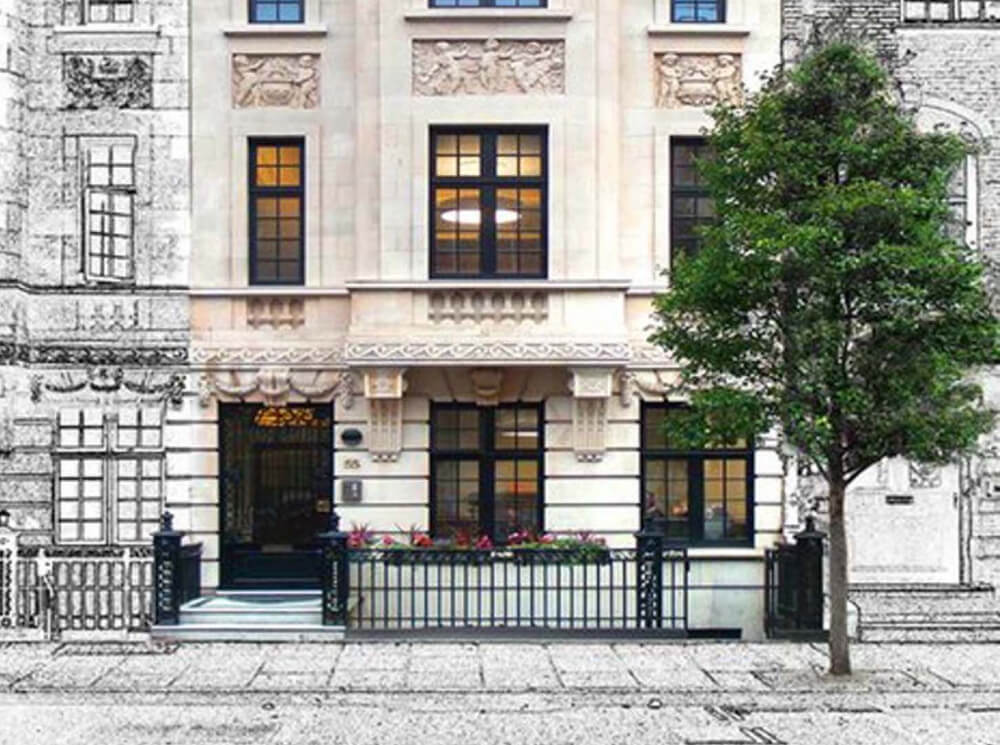
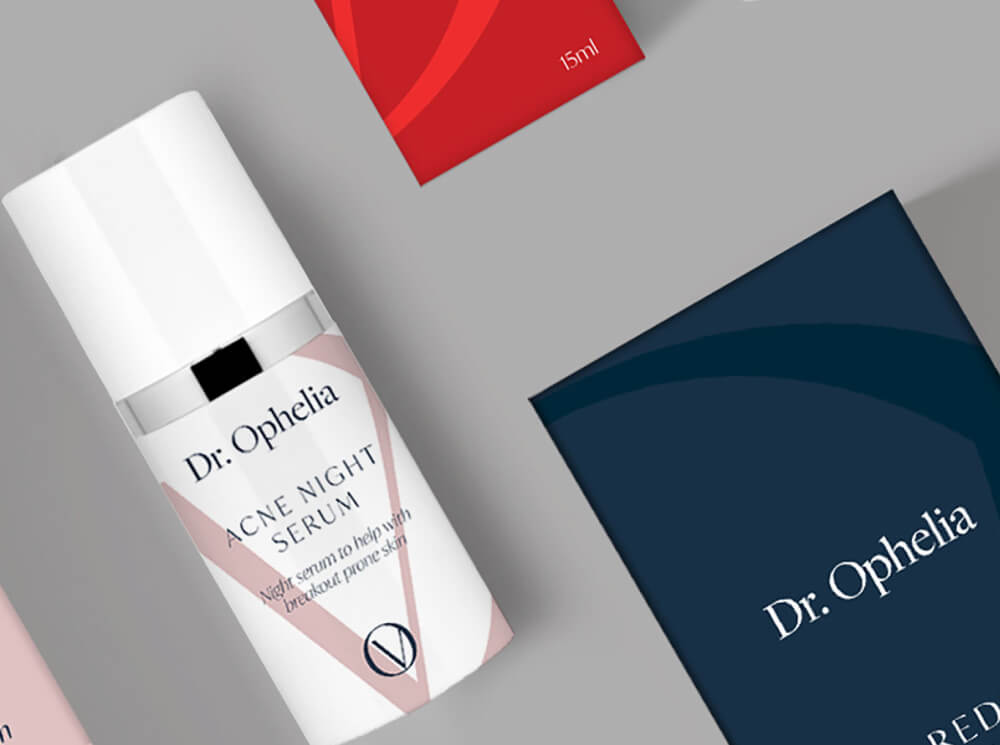
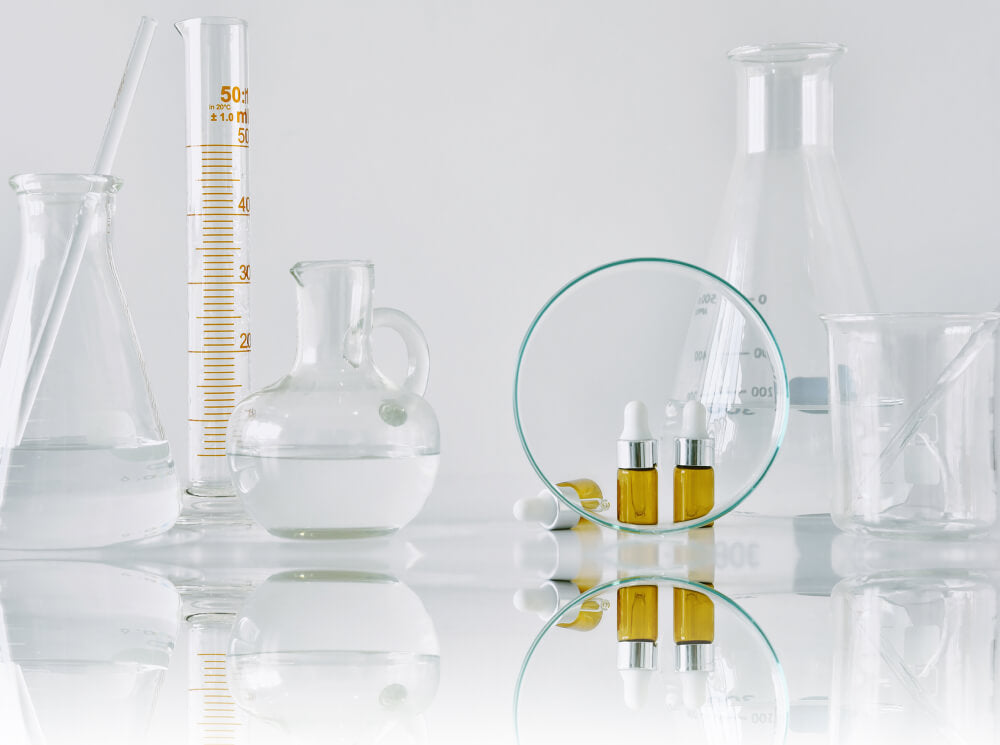
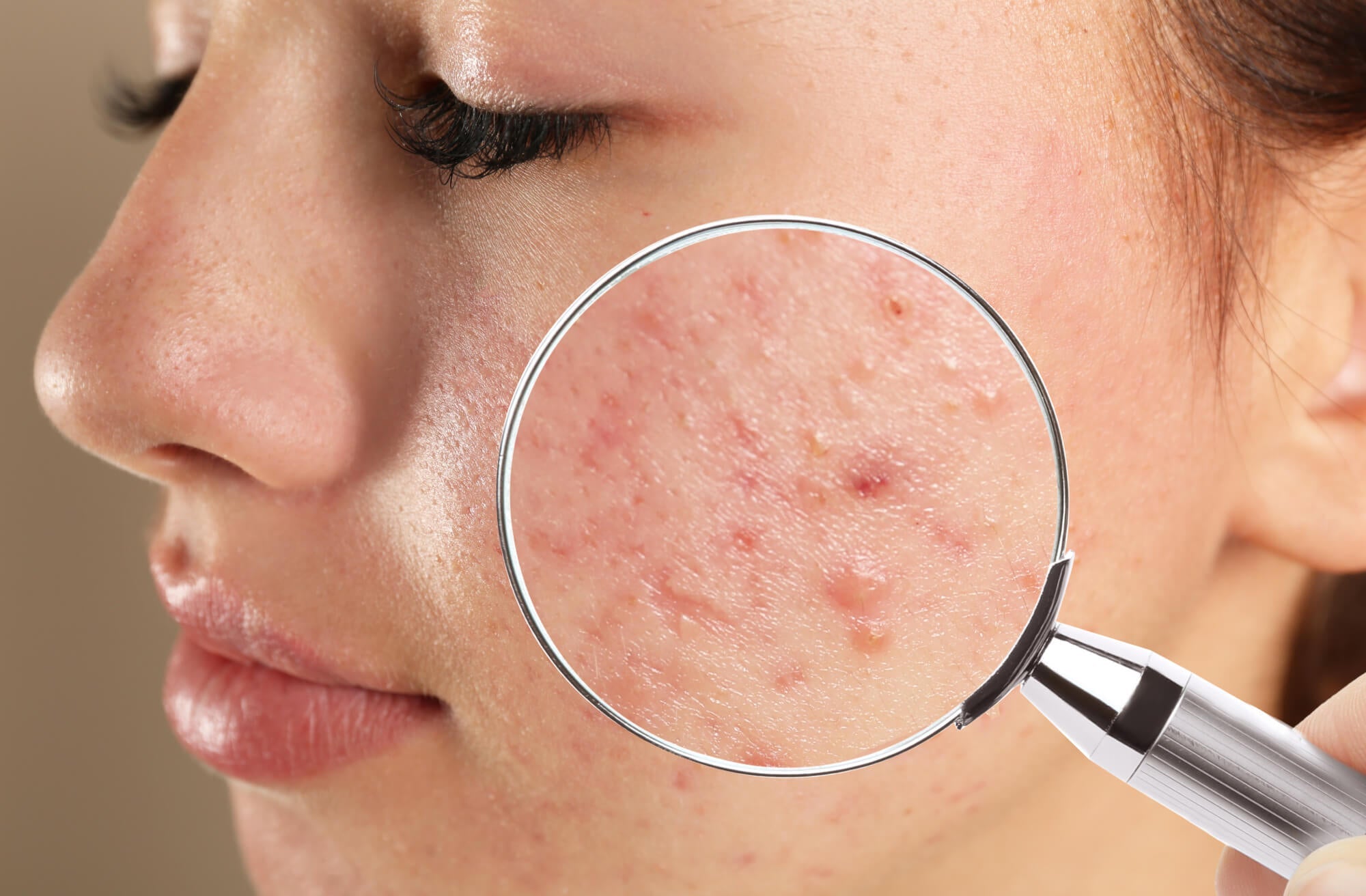
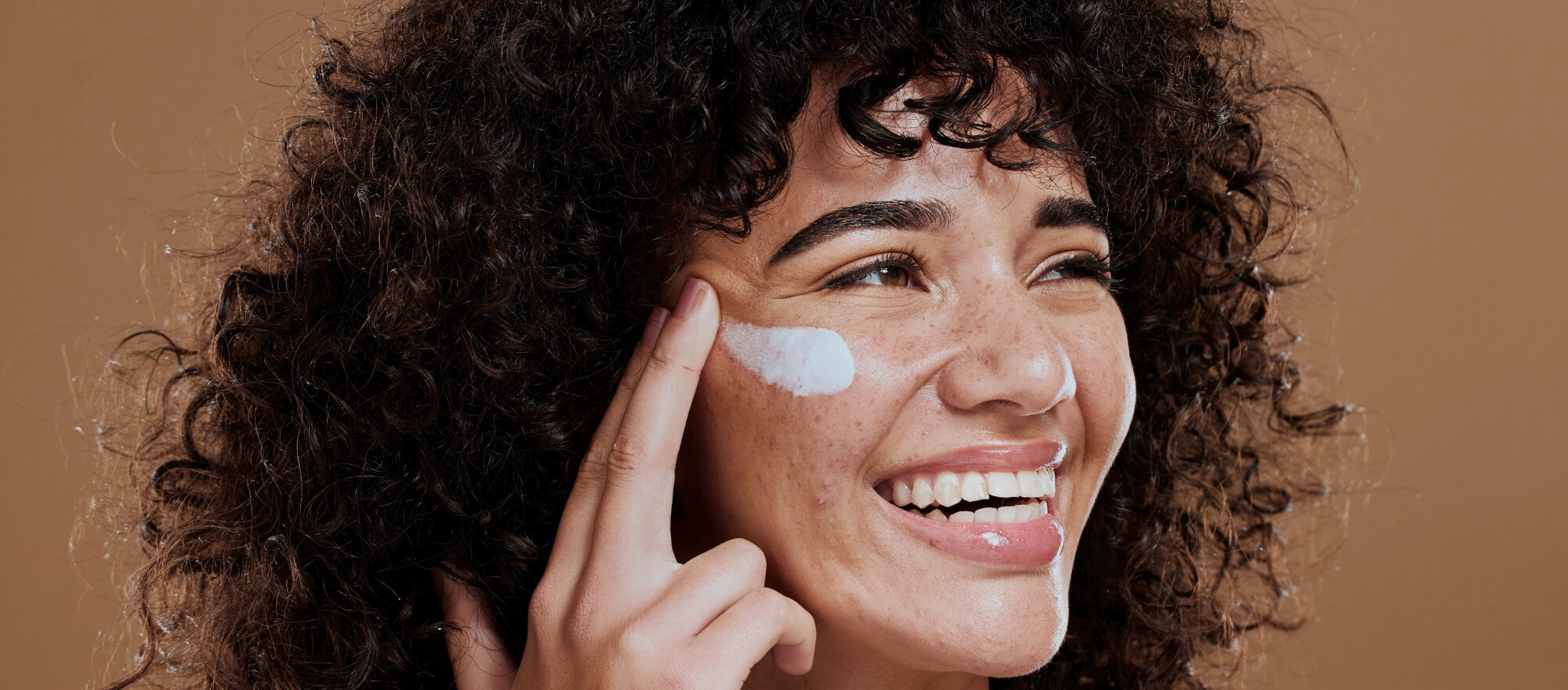
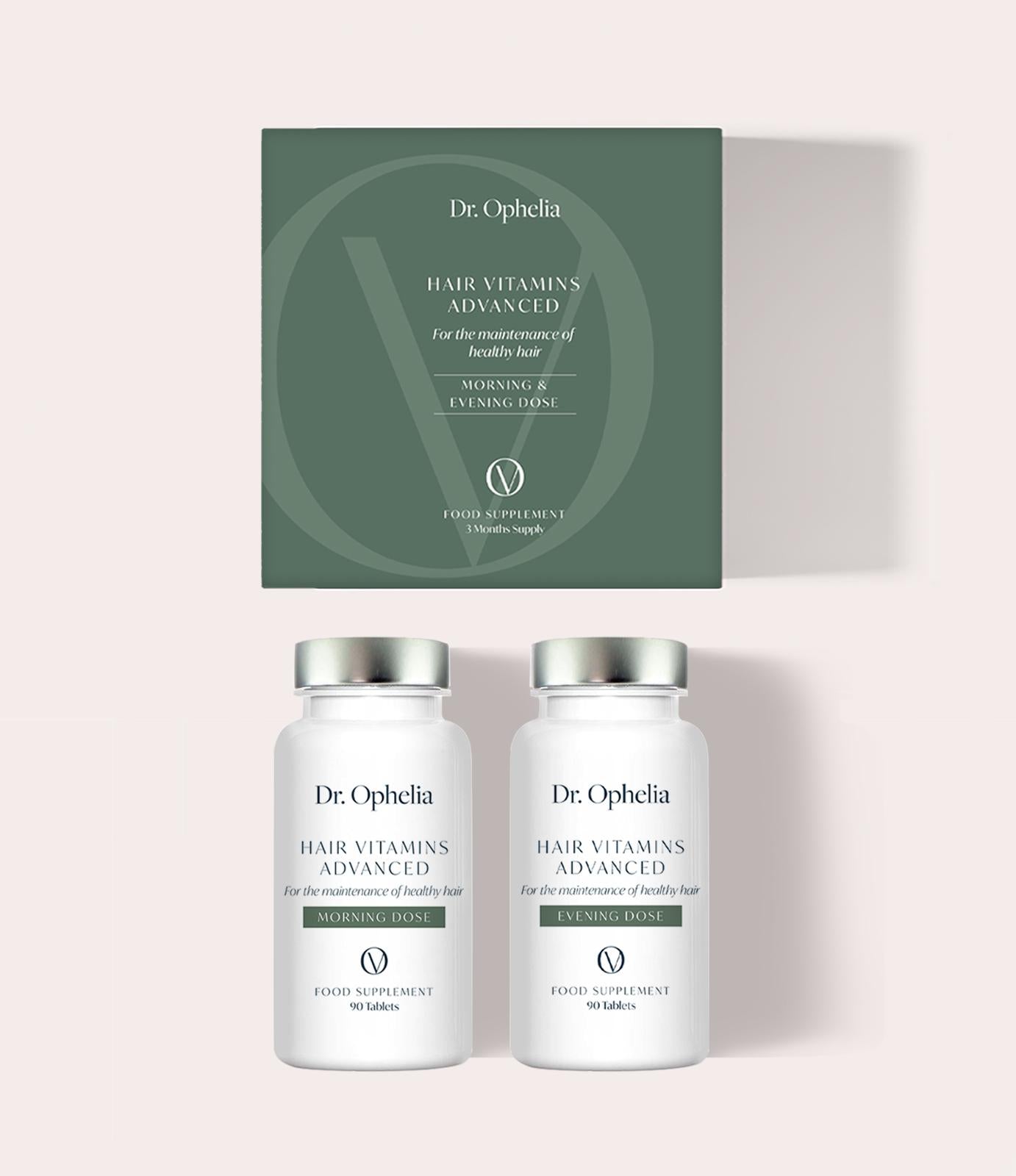
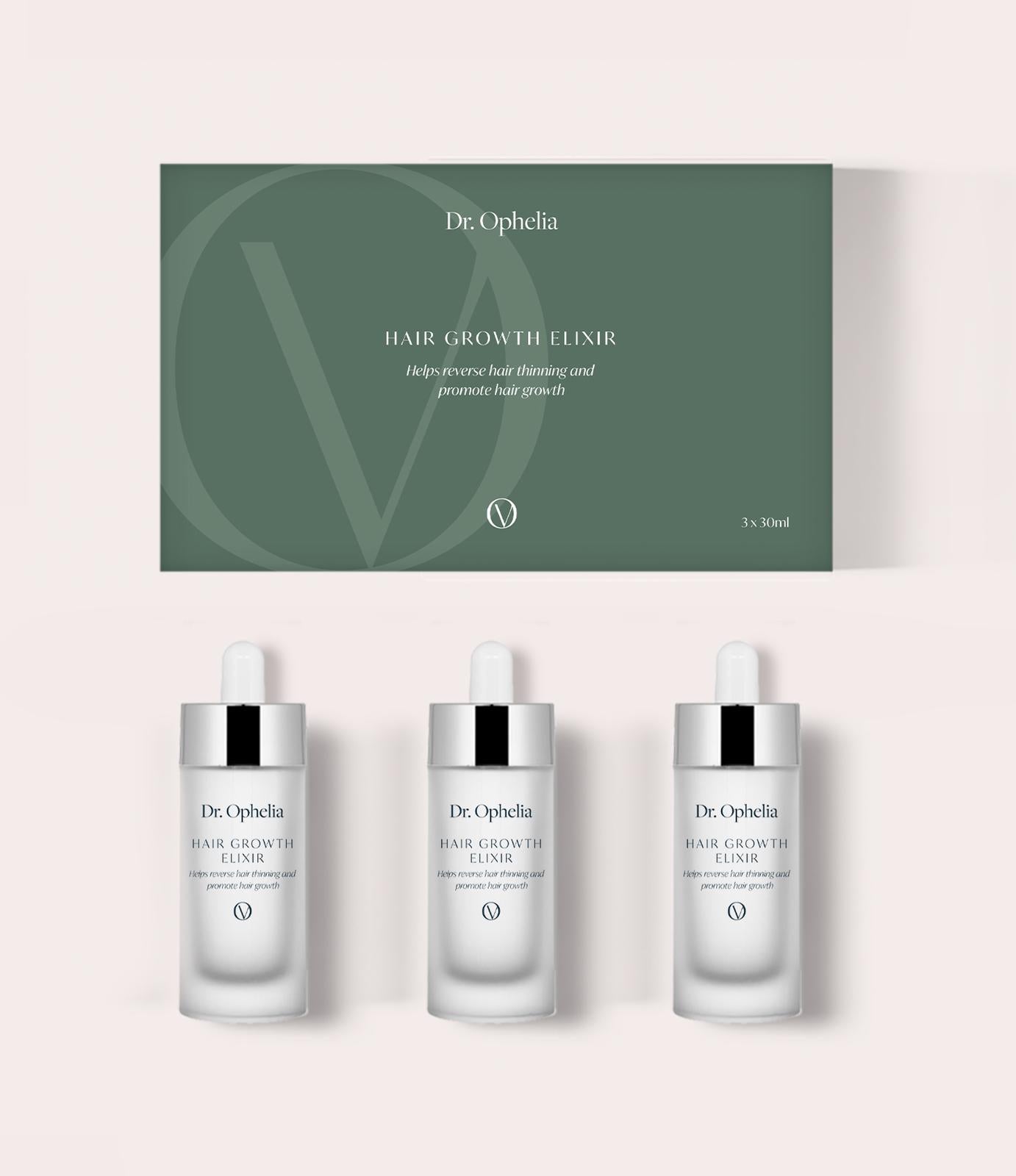
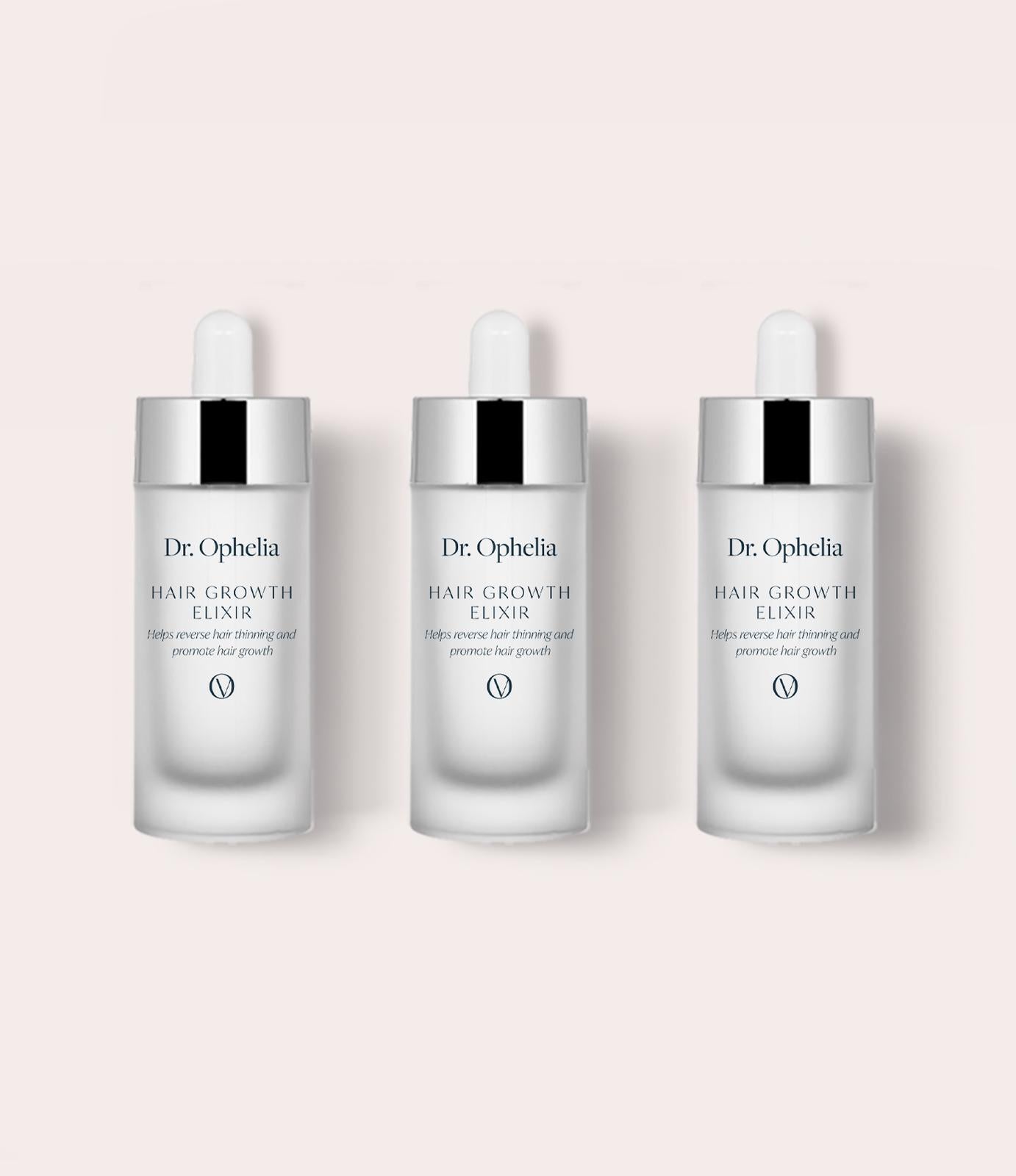
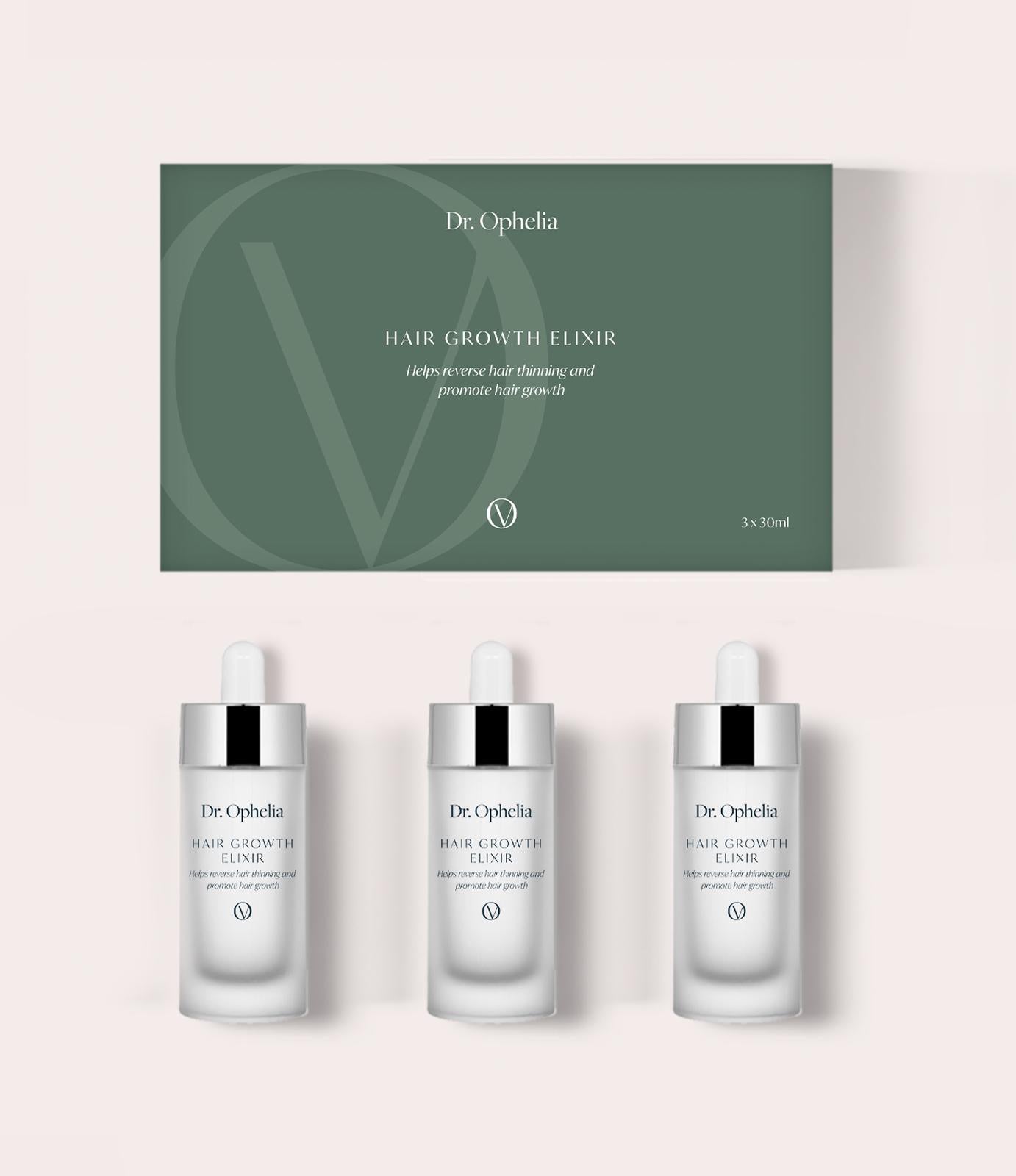
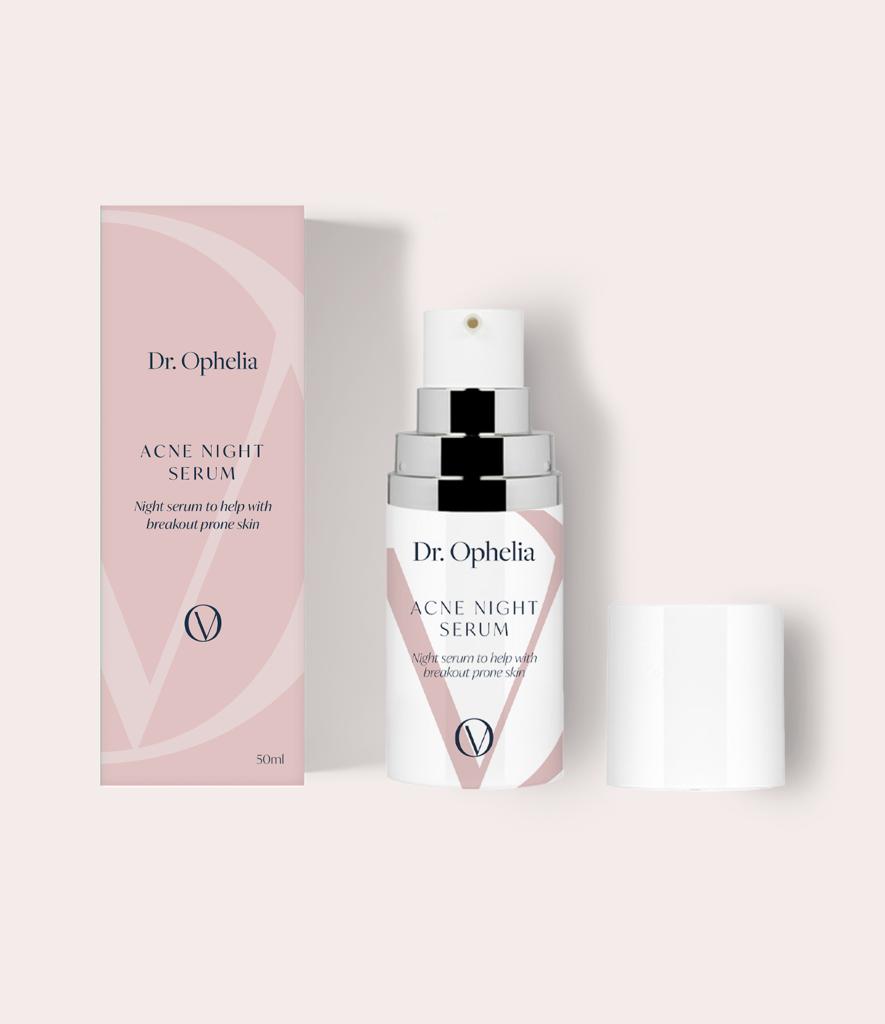


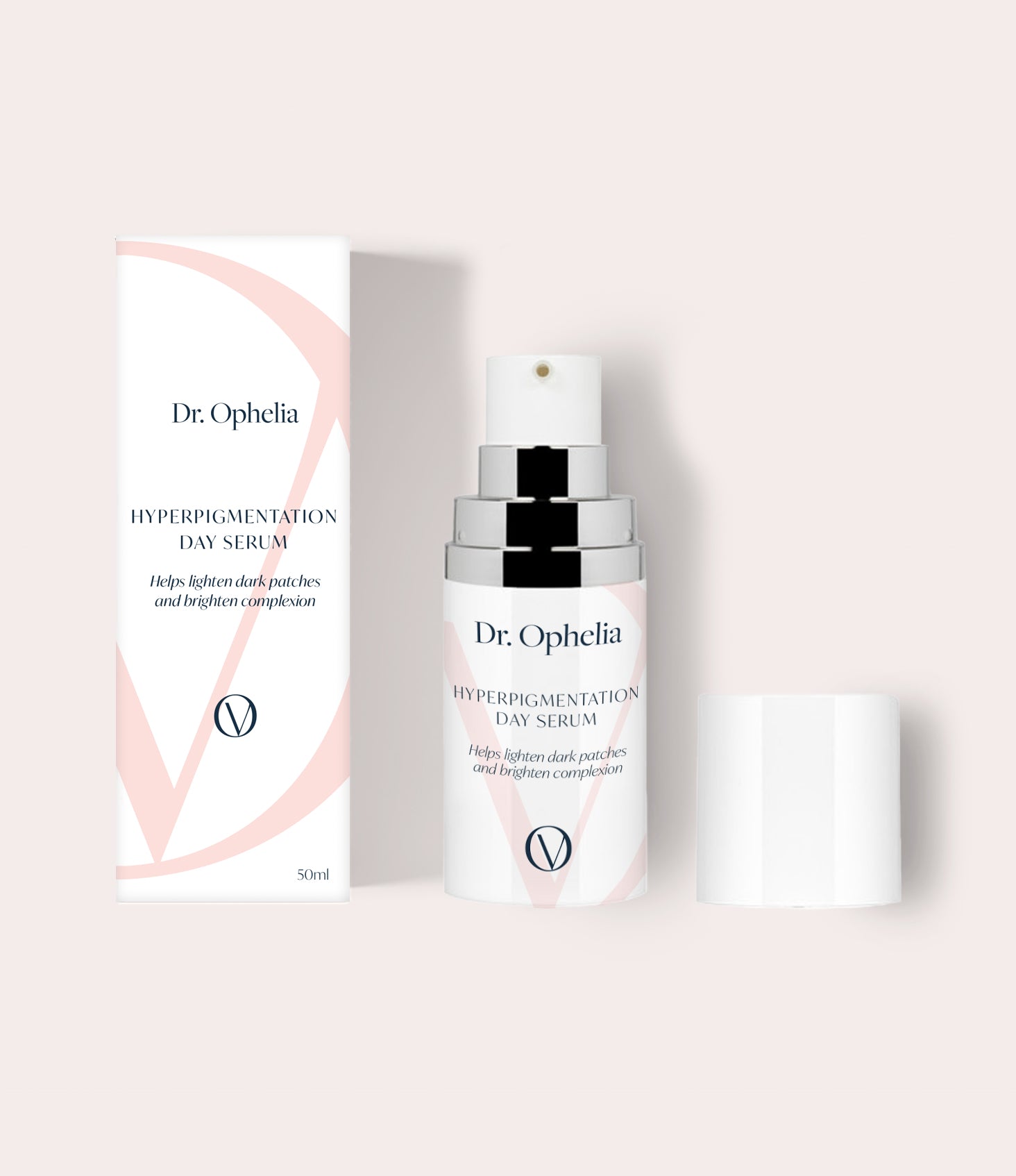
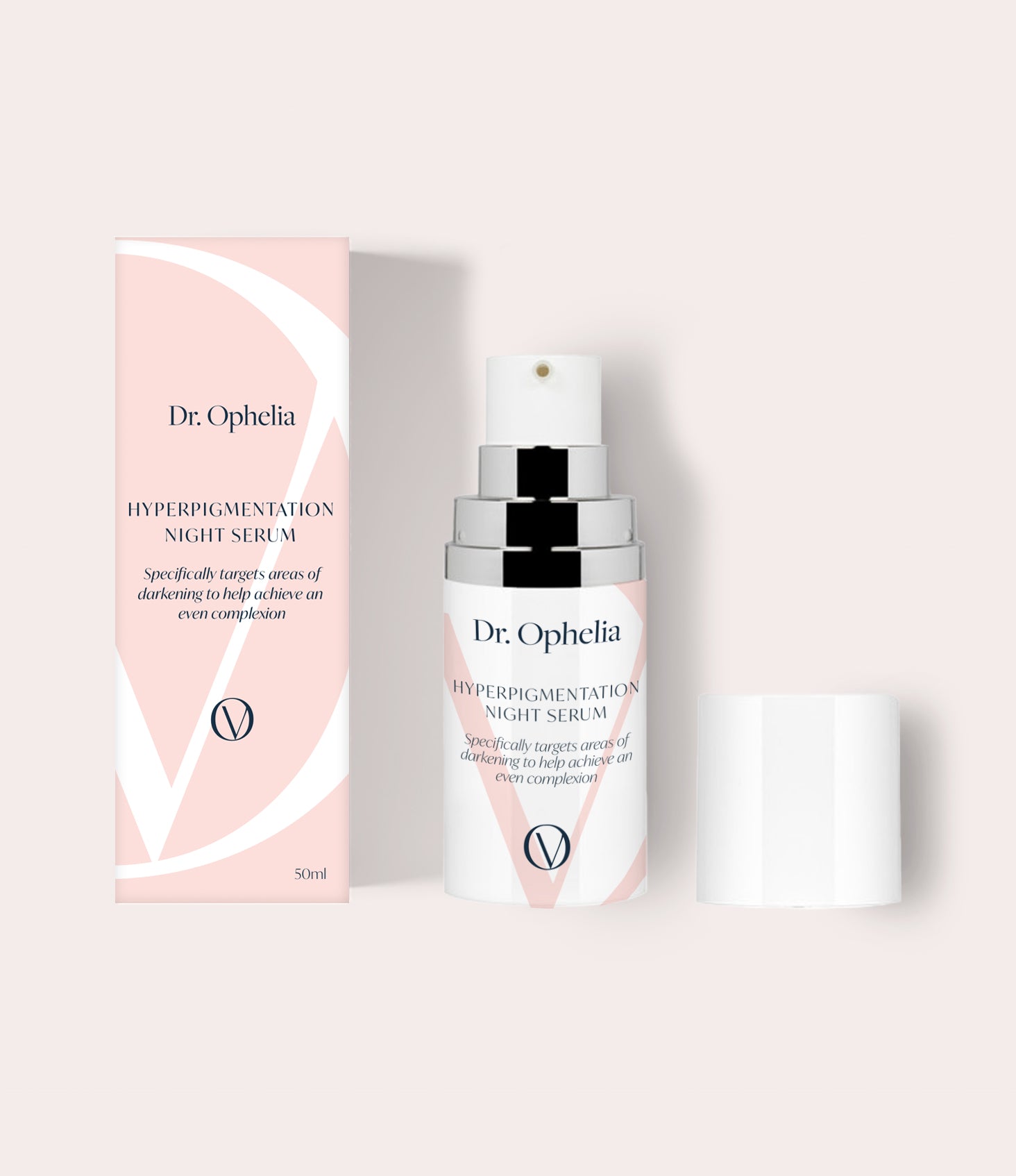
Leave a comment
This site is protected by hCaptcha and the hCaptcha Privacy Policy and Terms of Service apply.